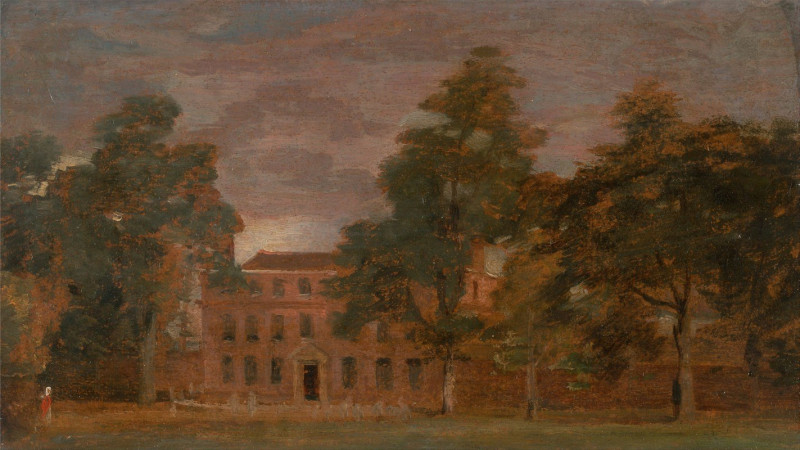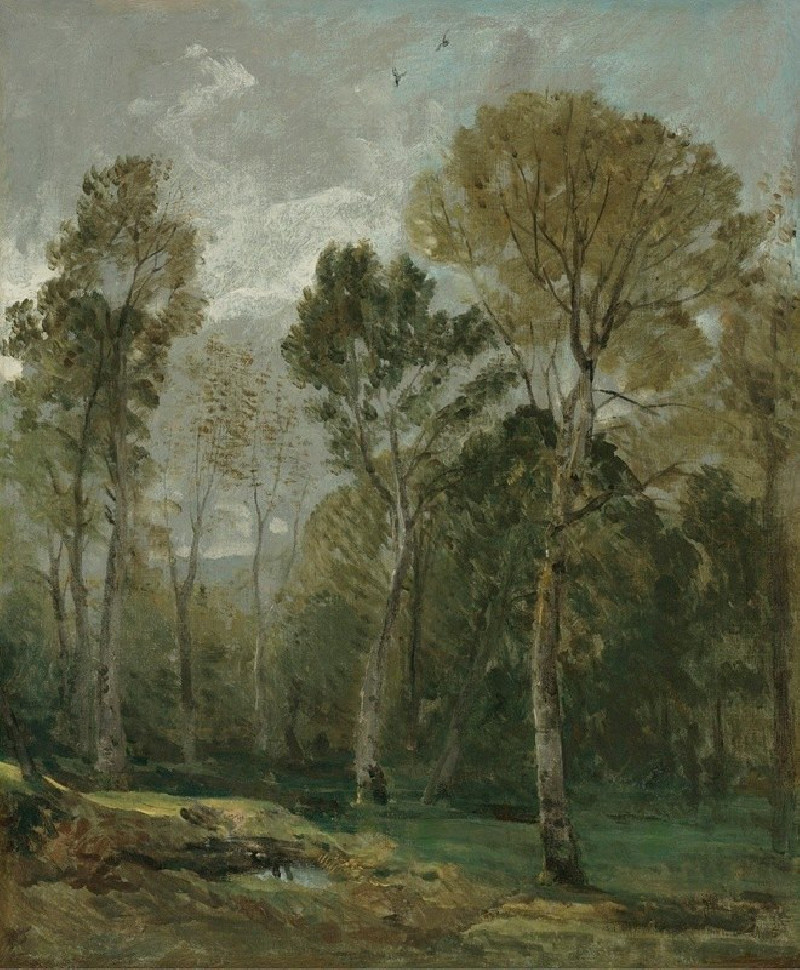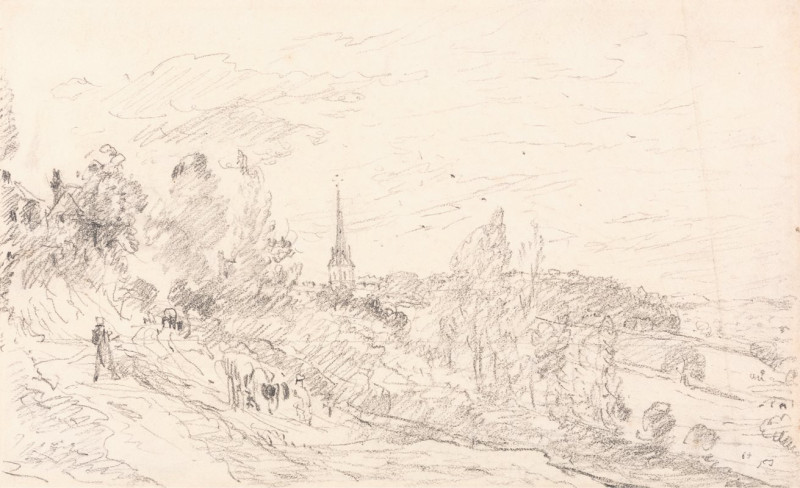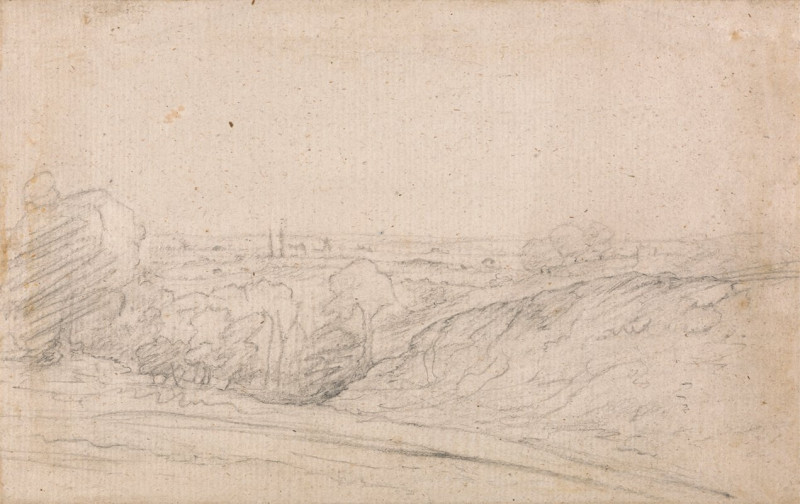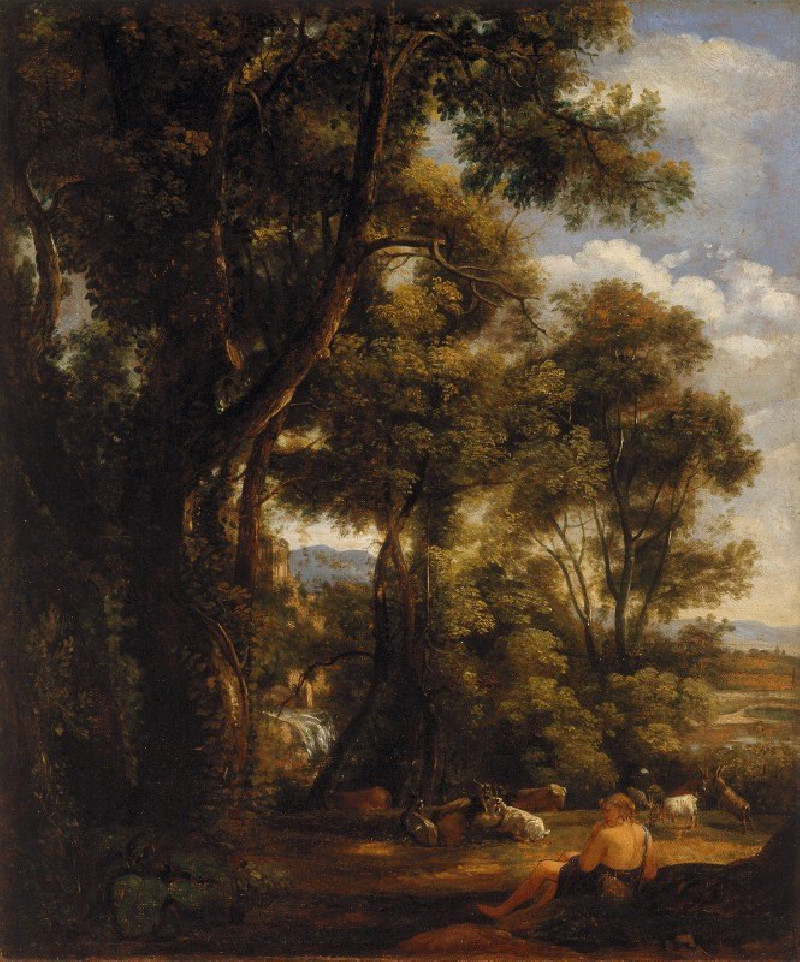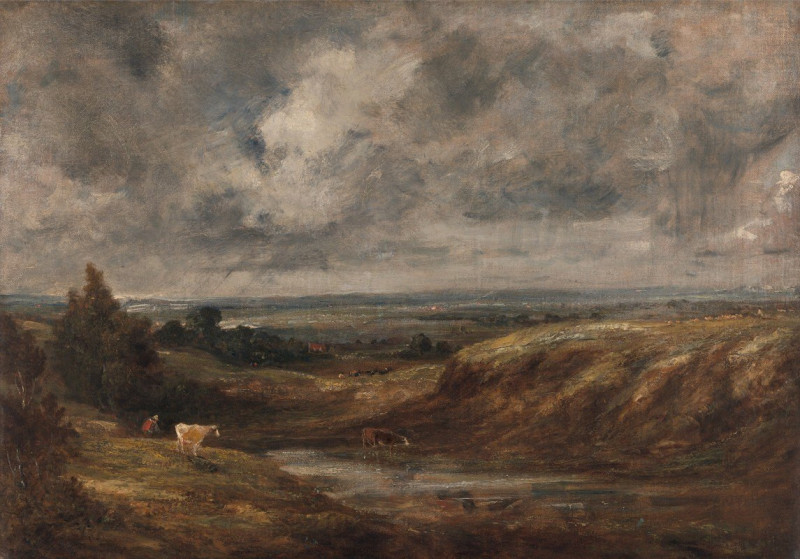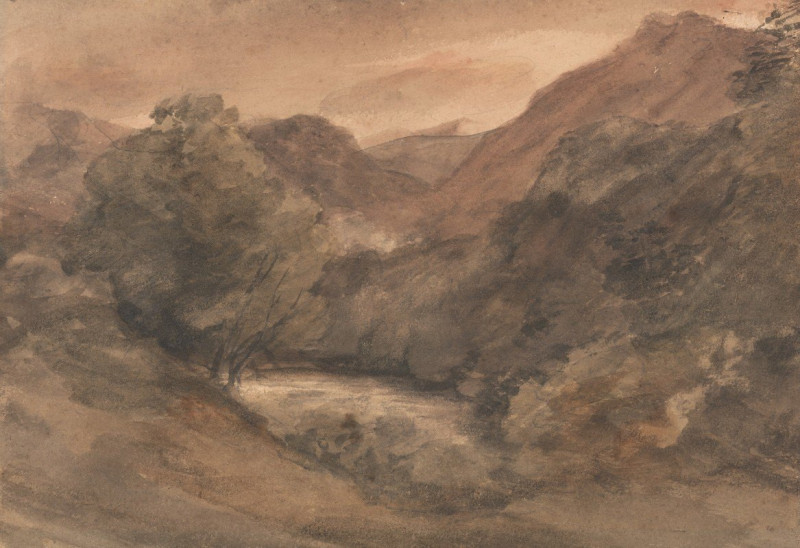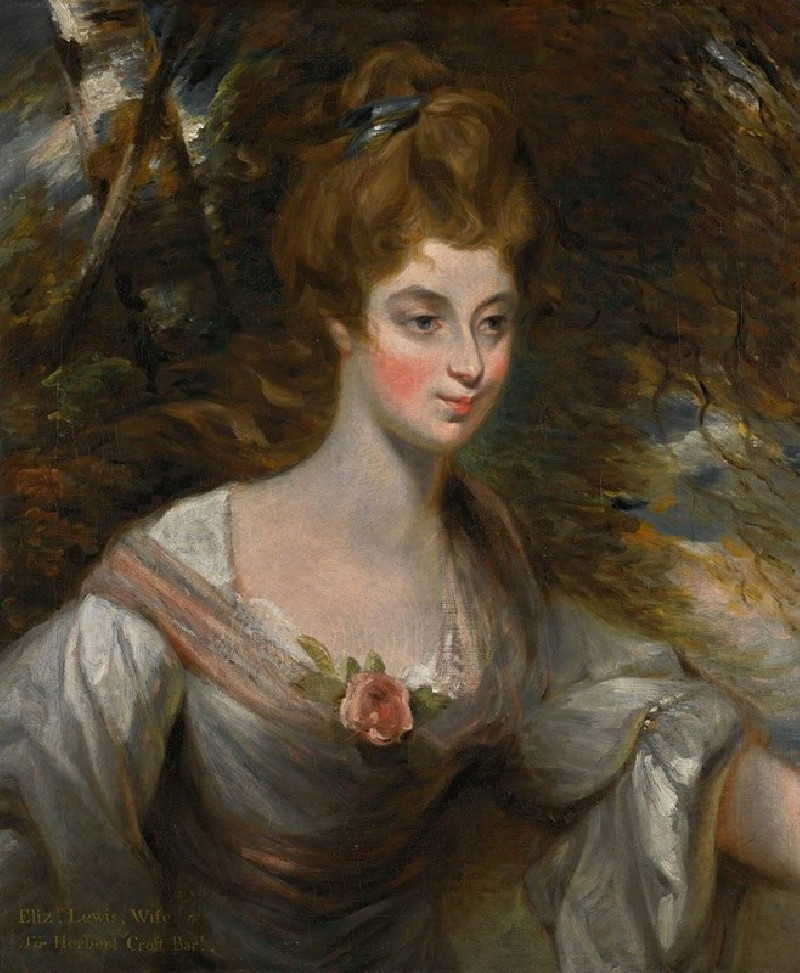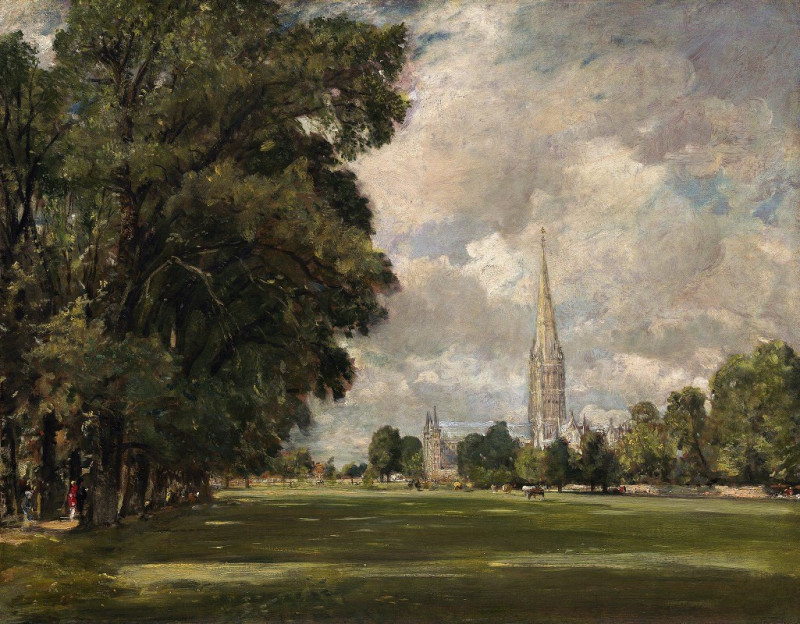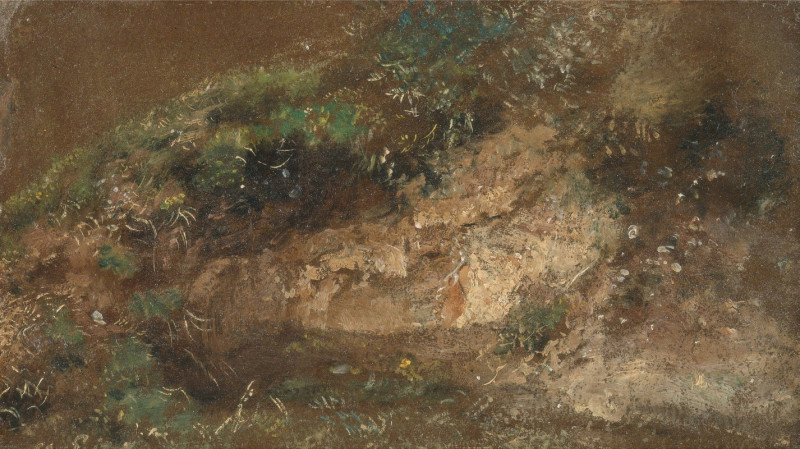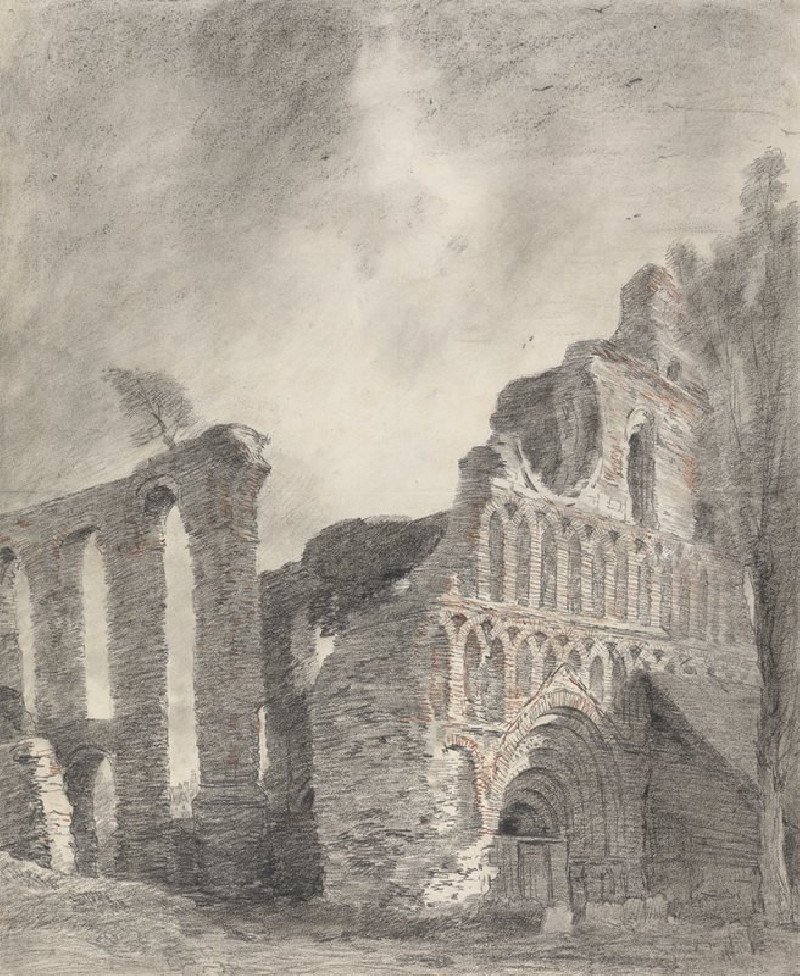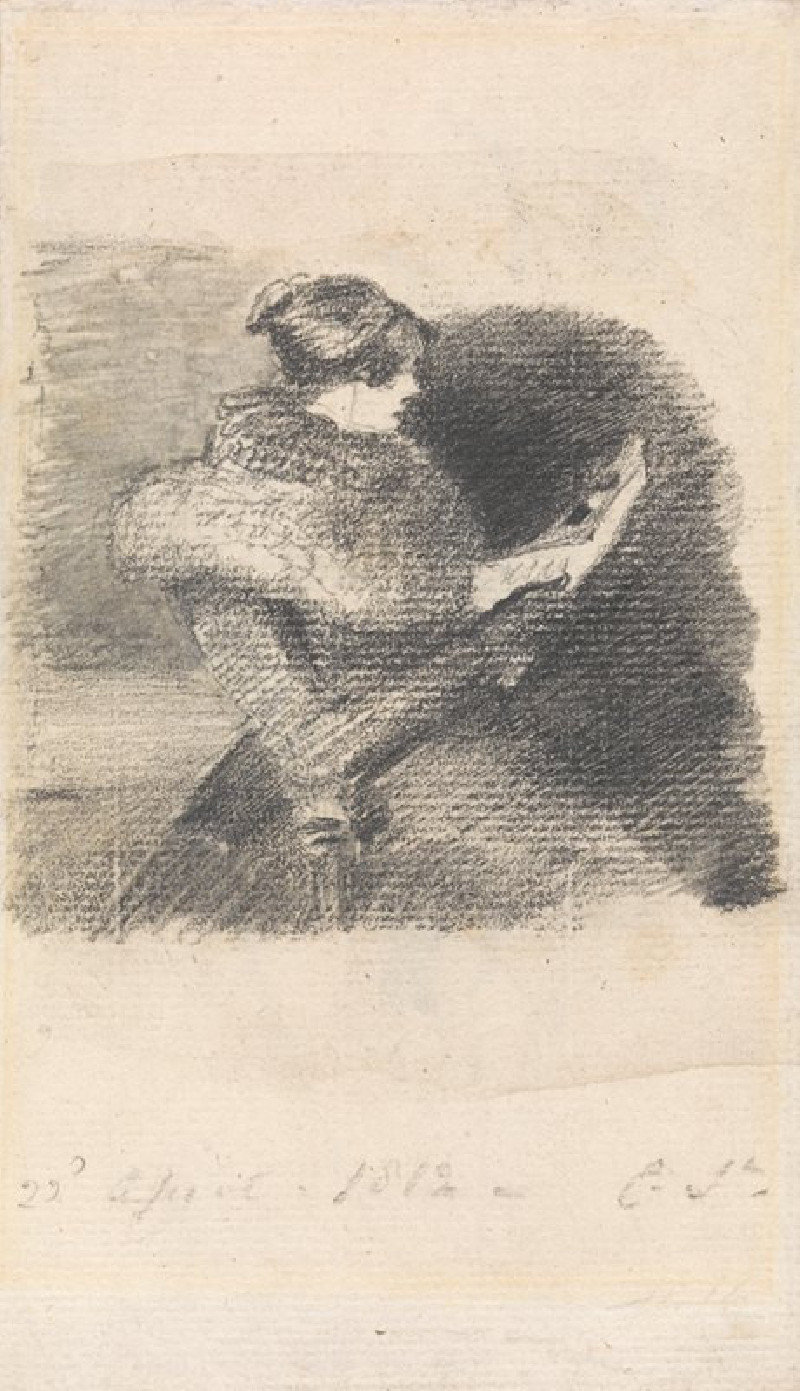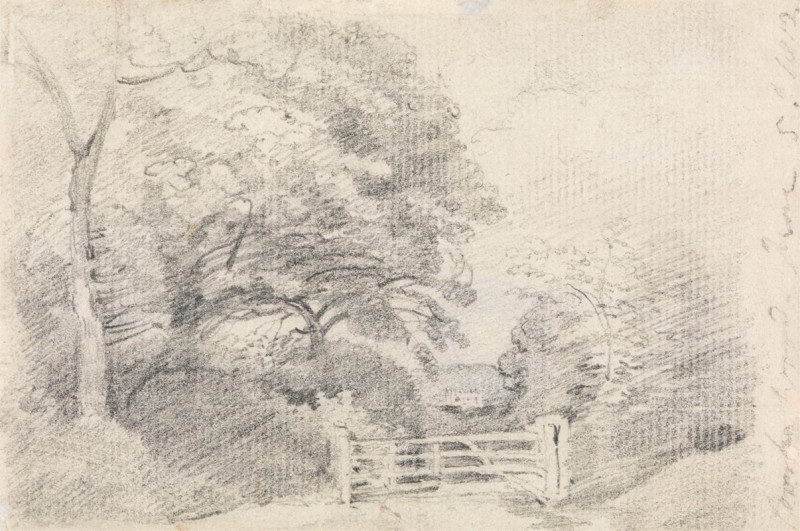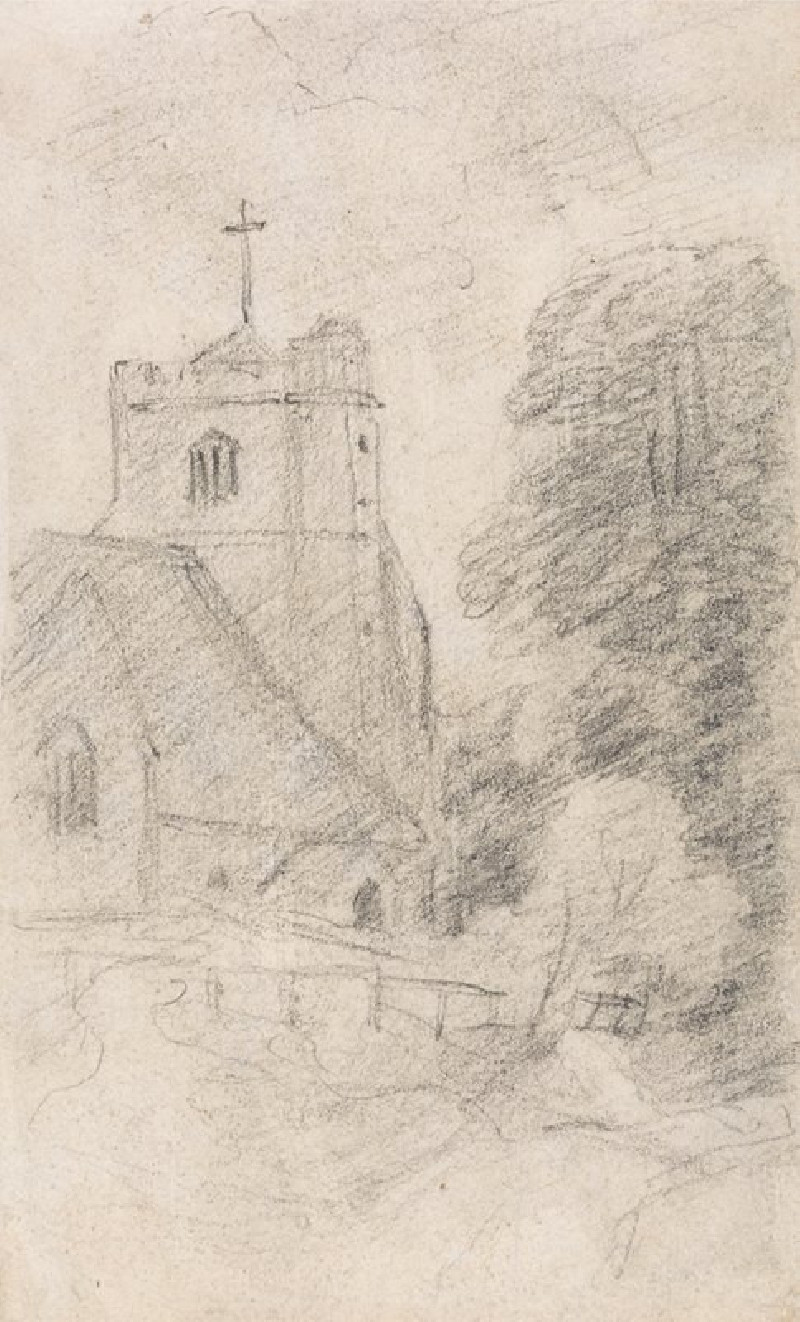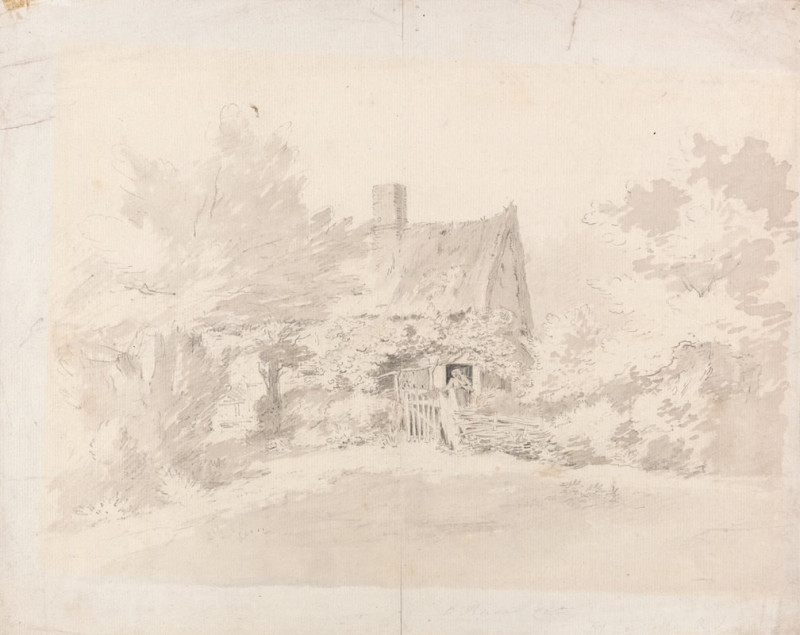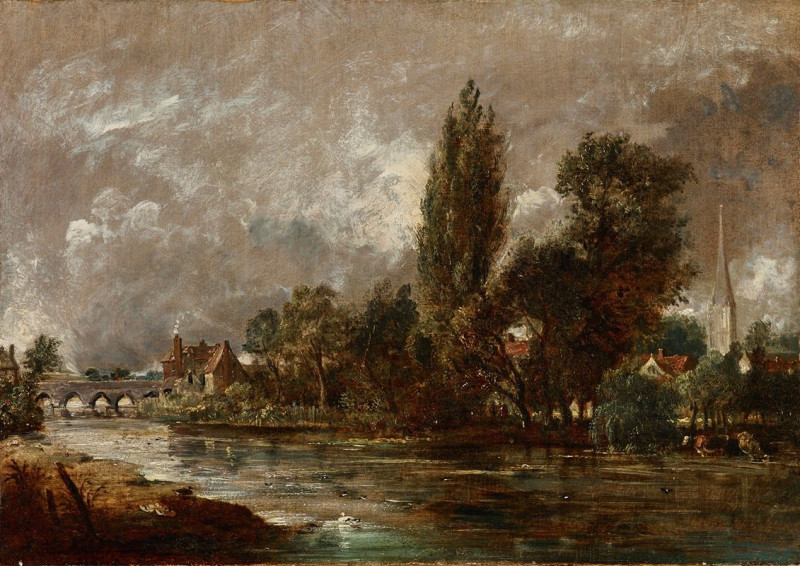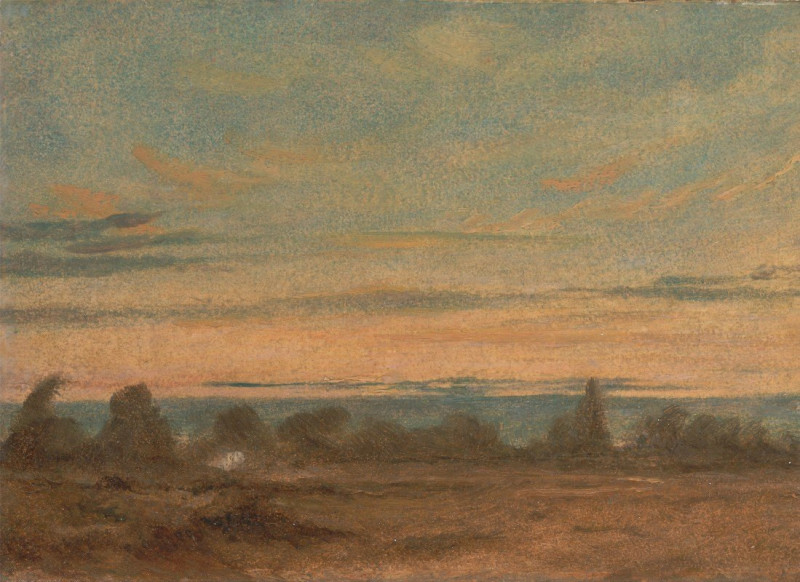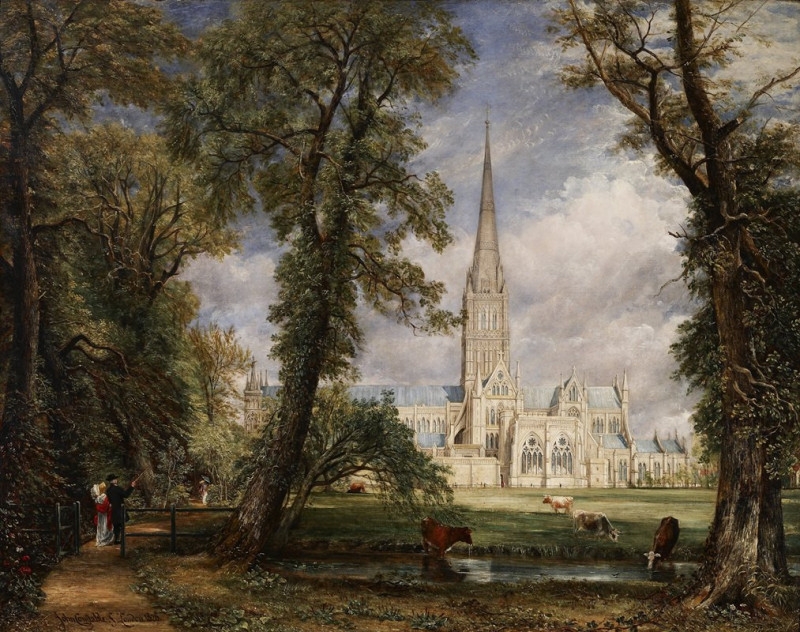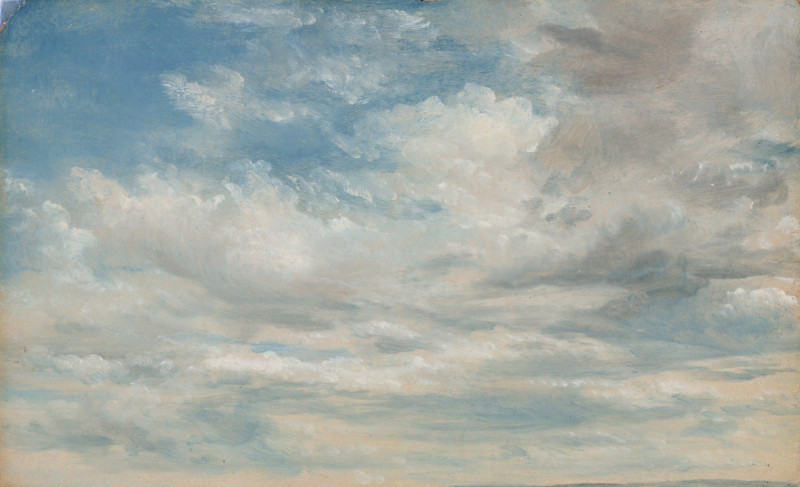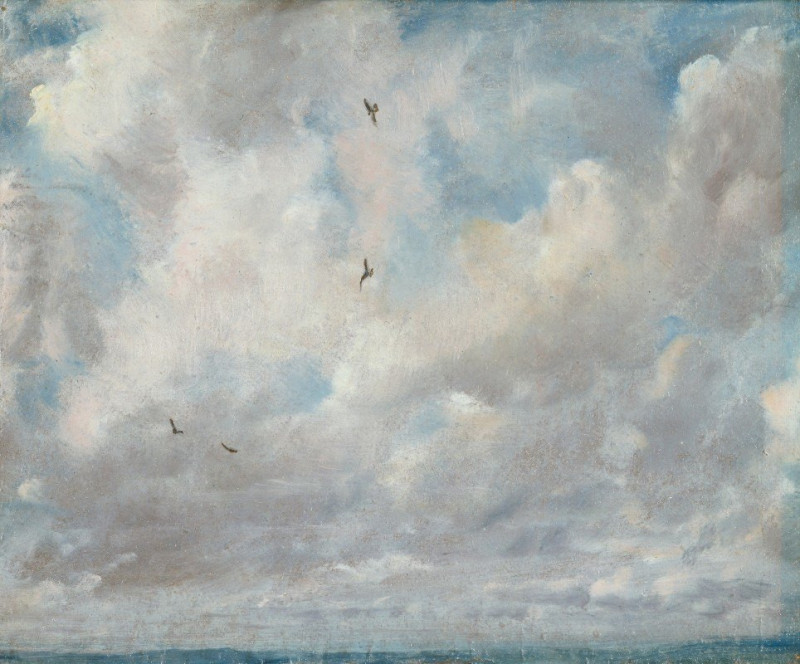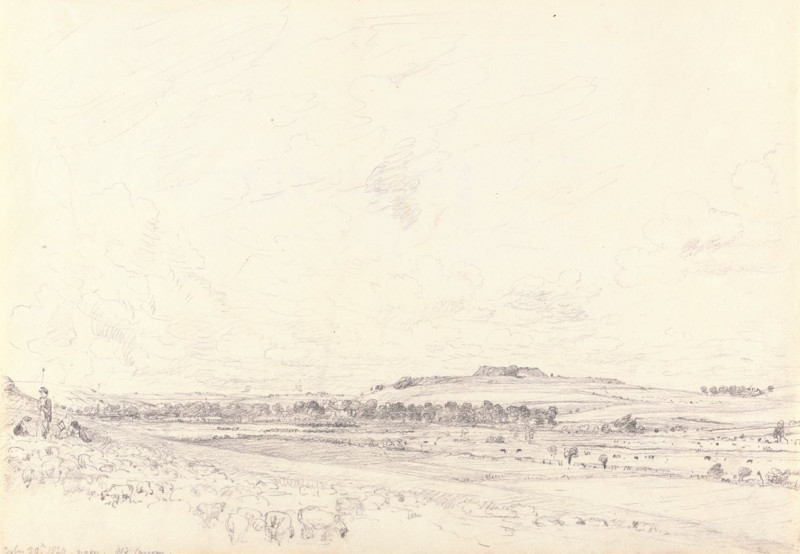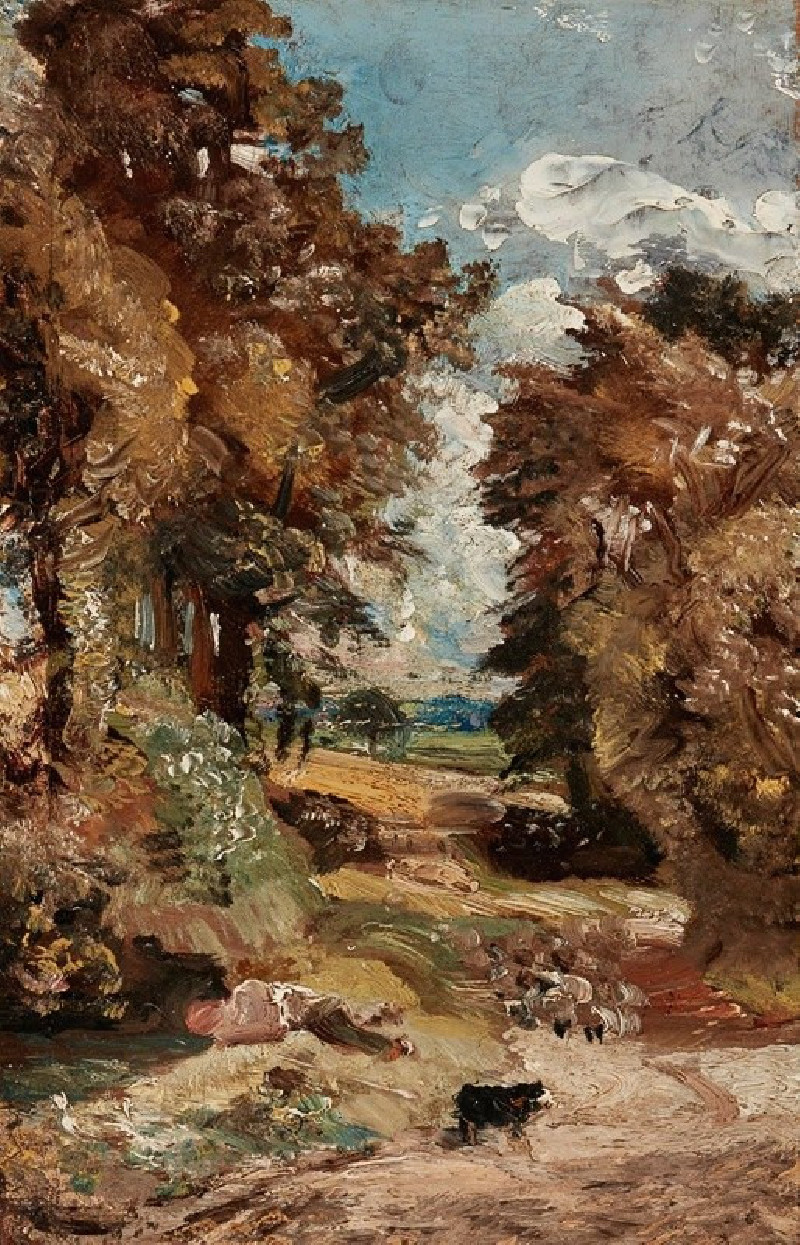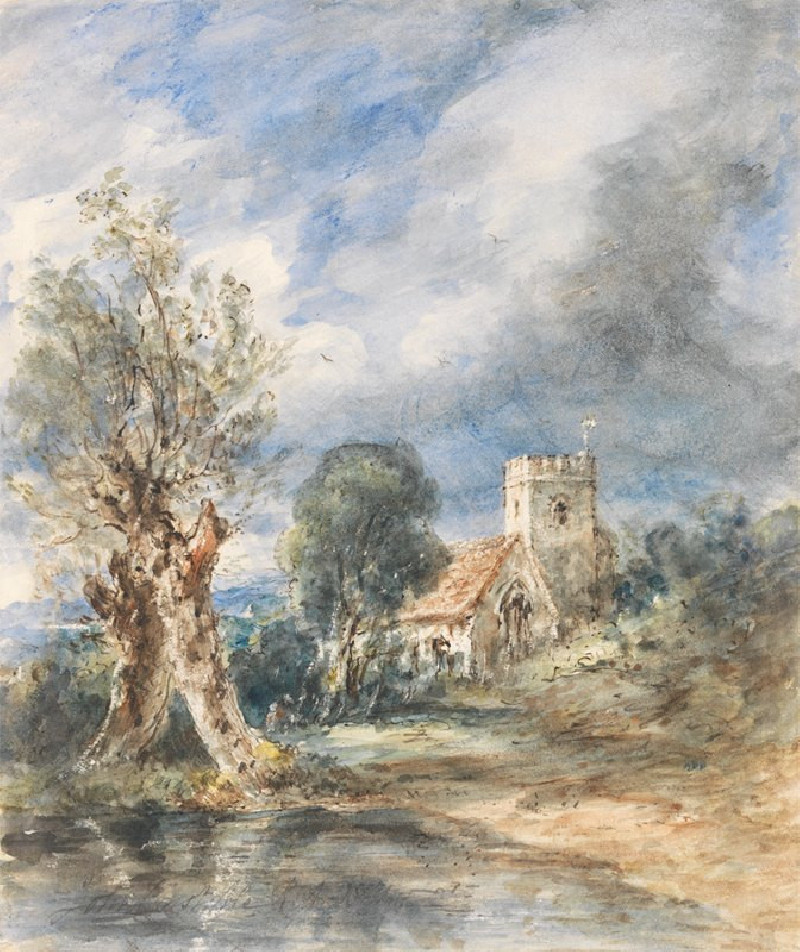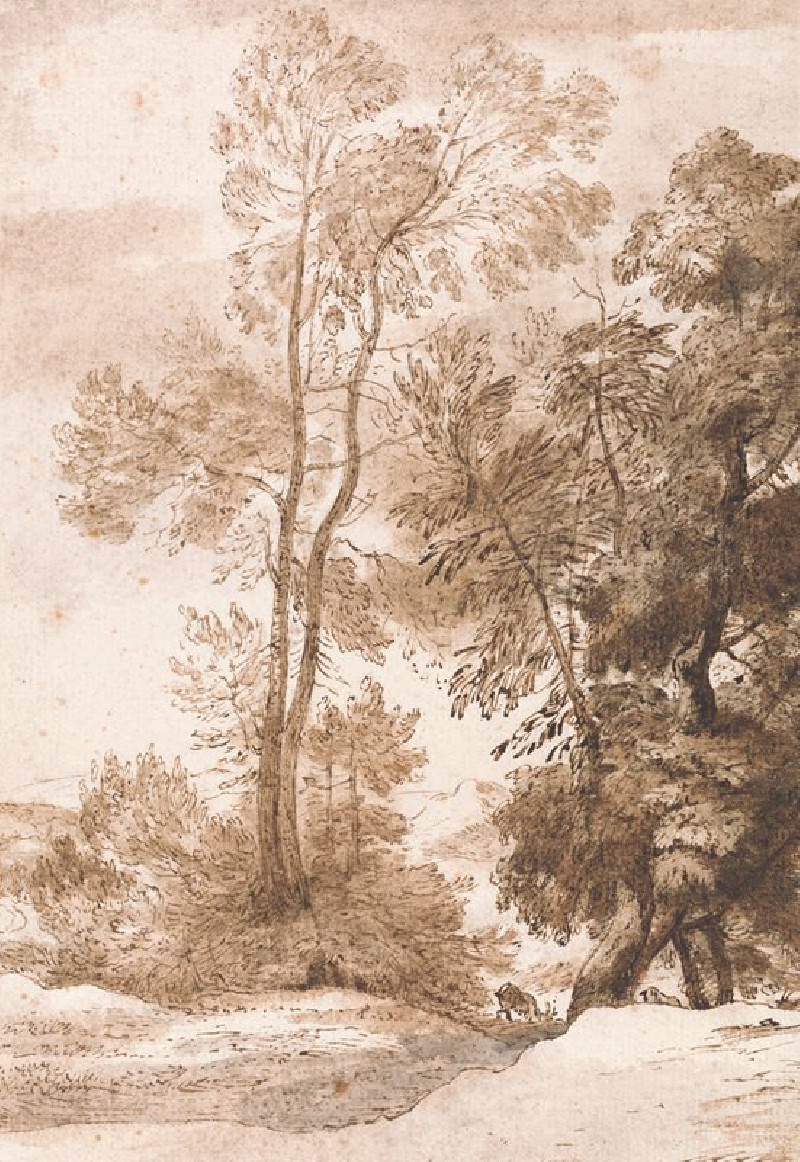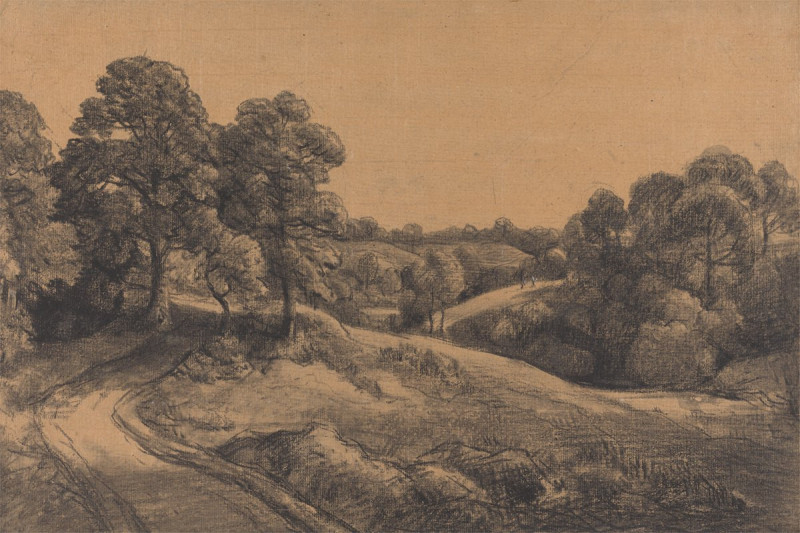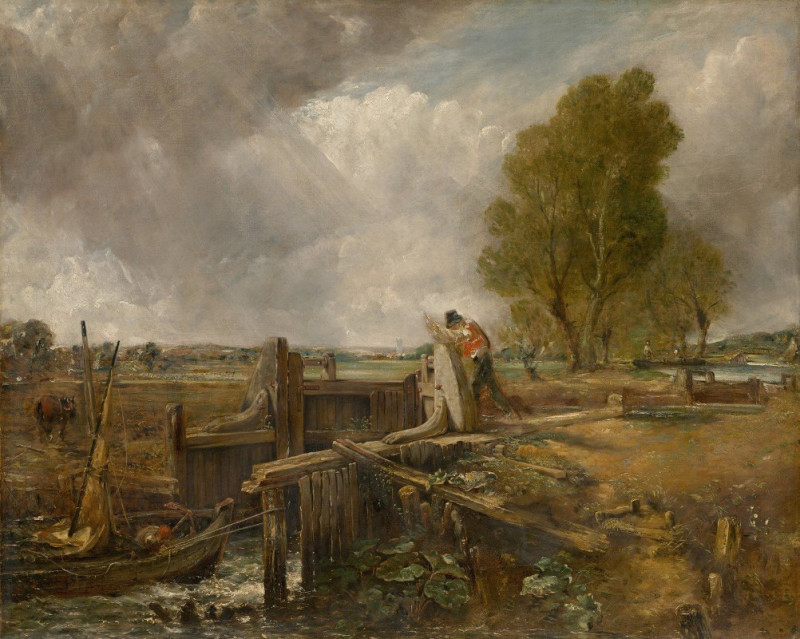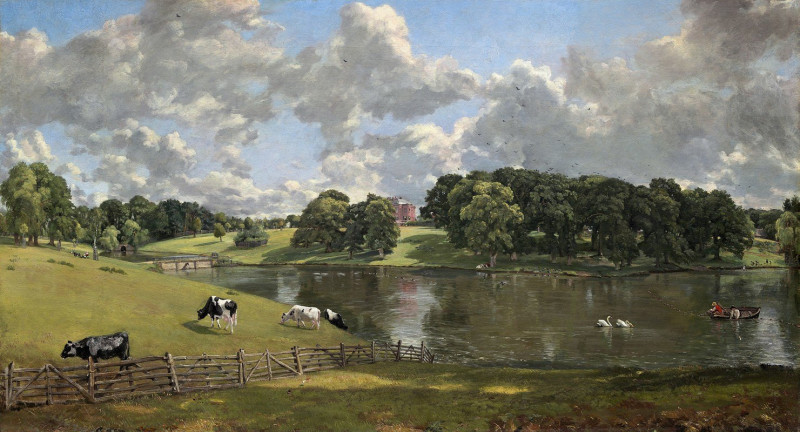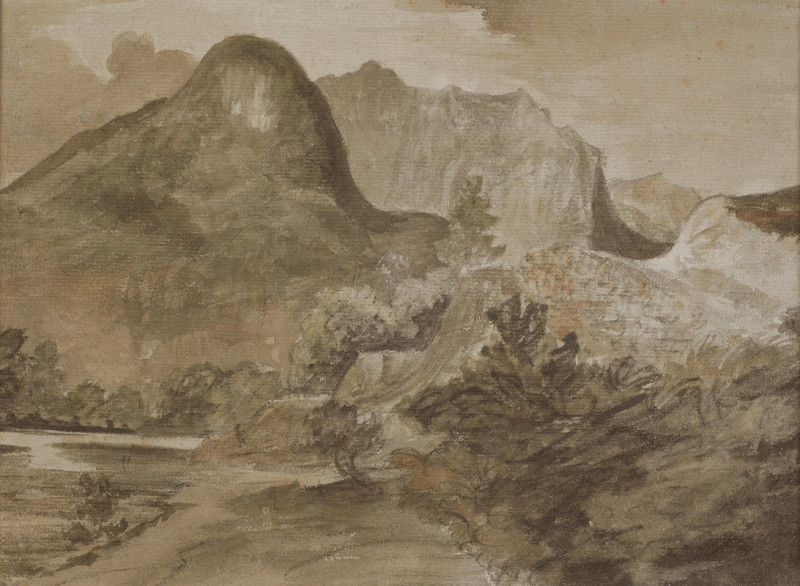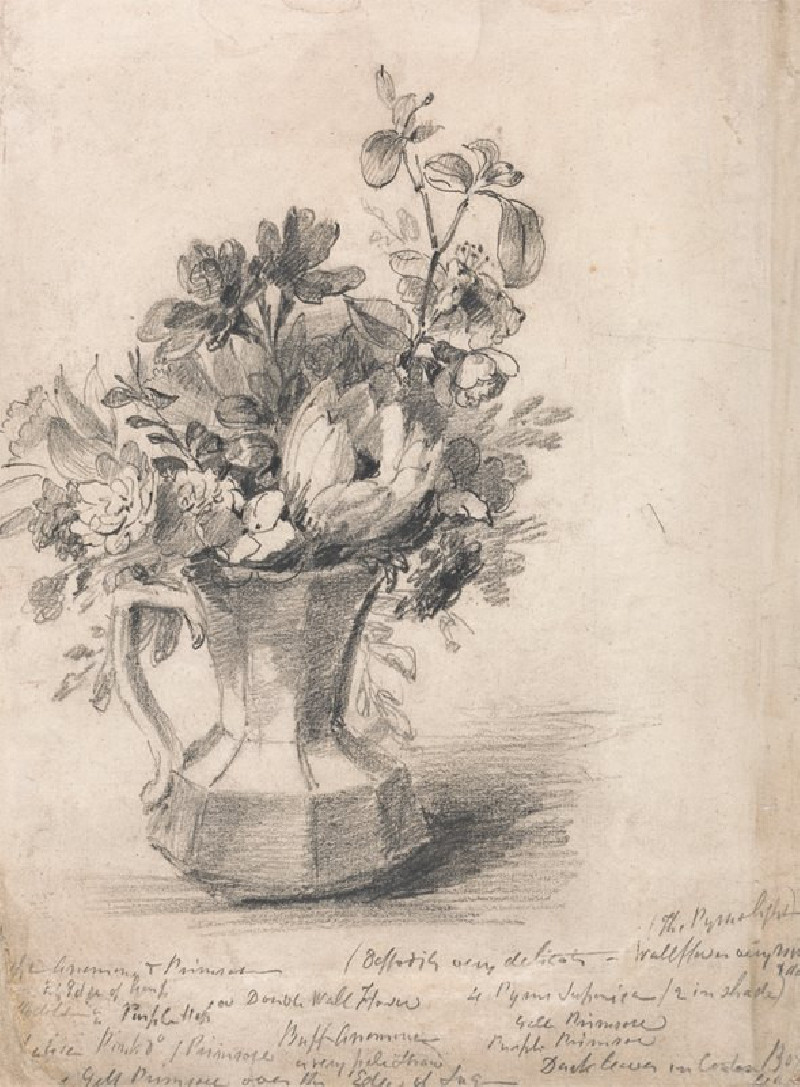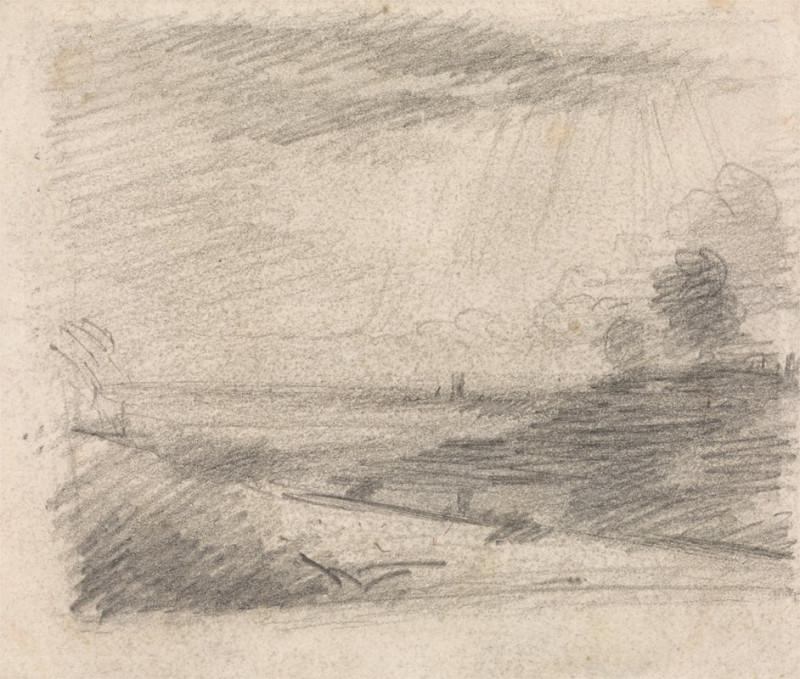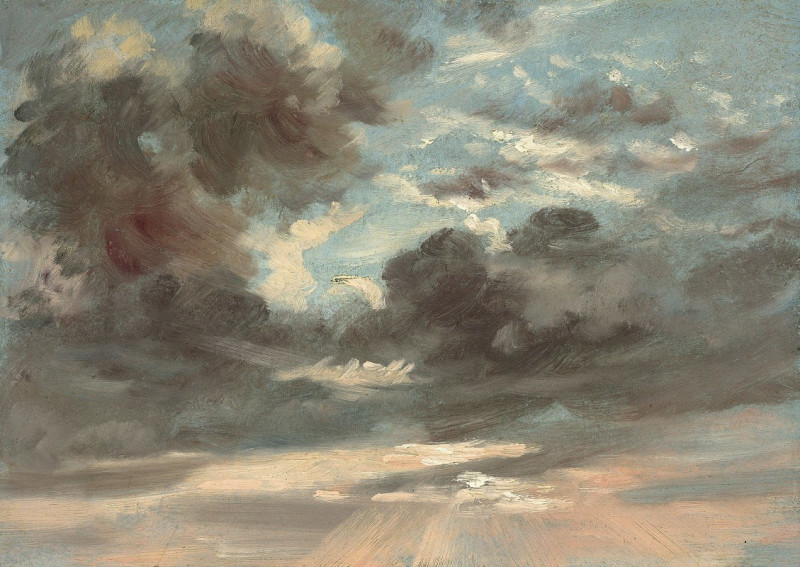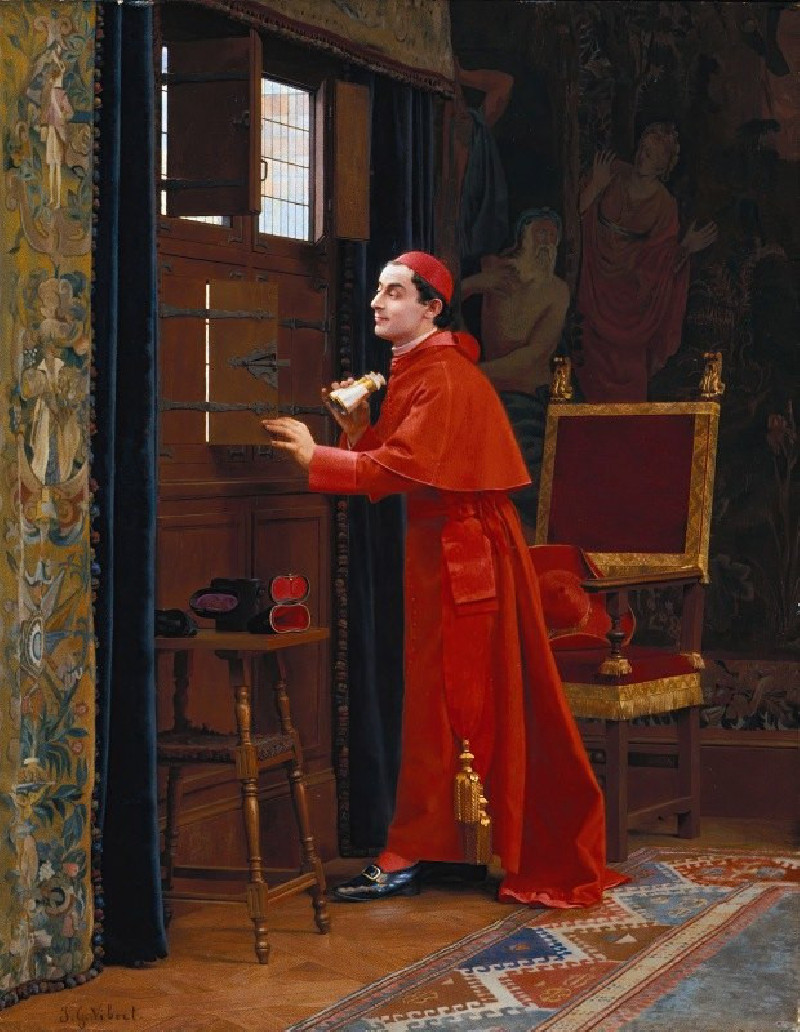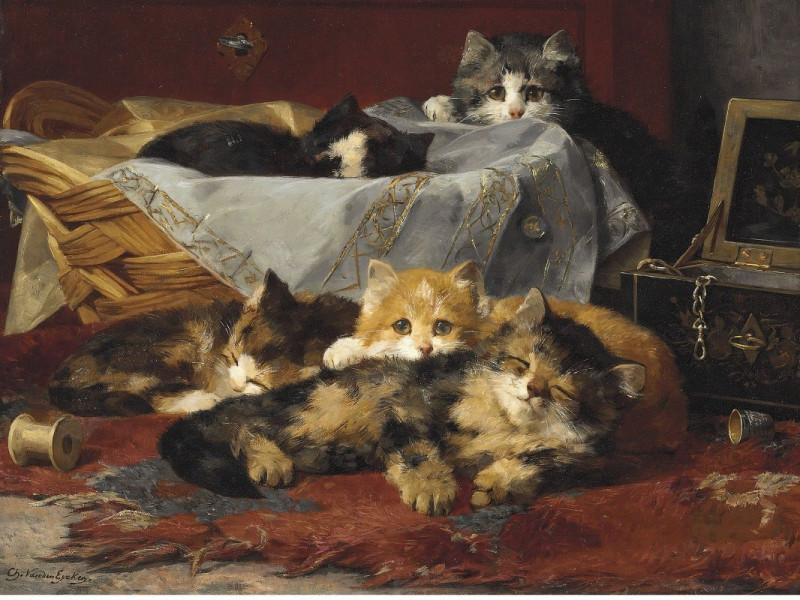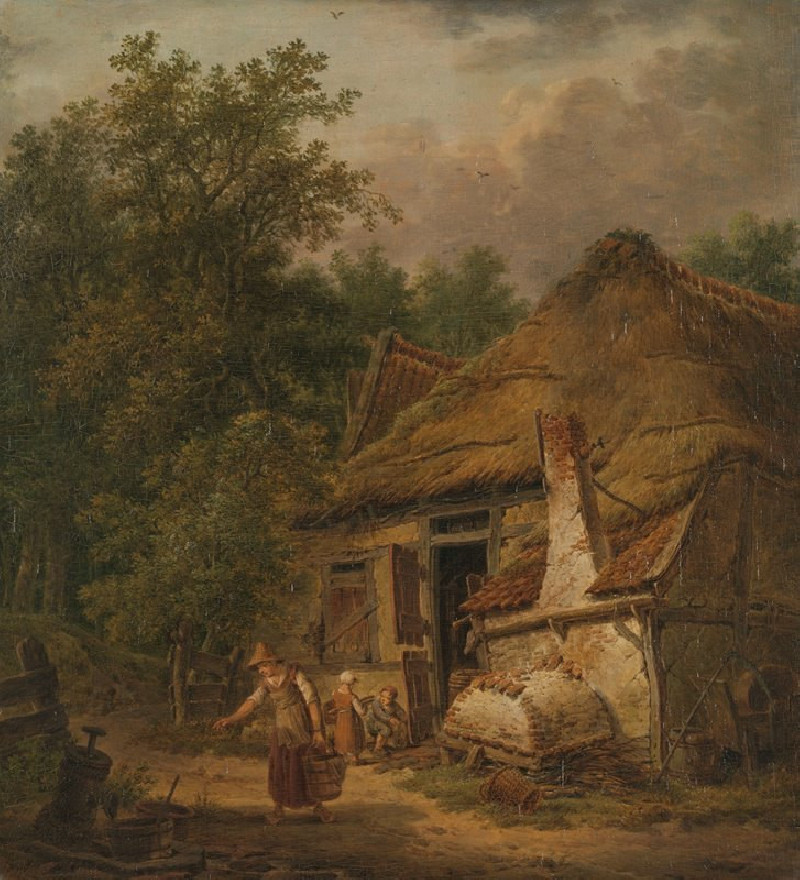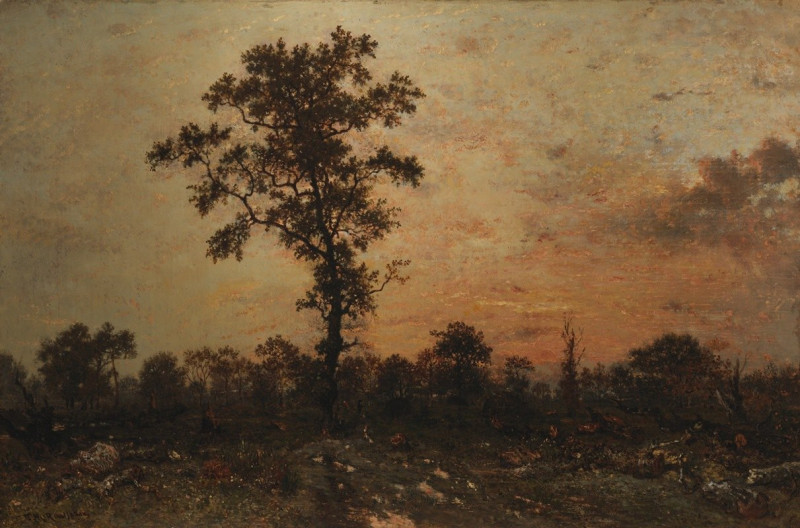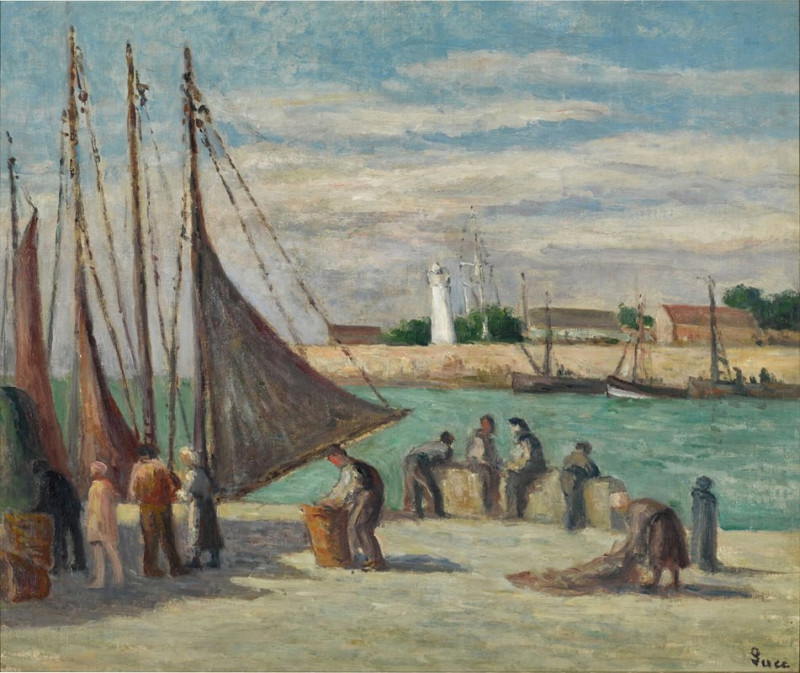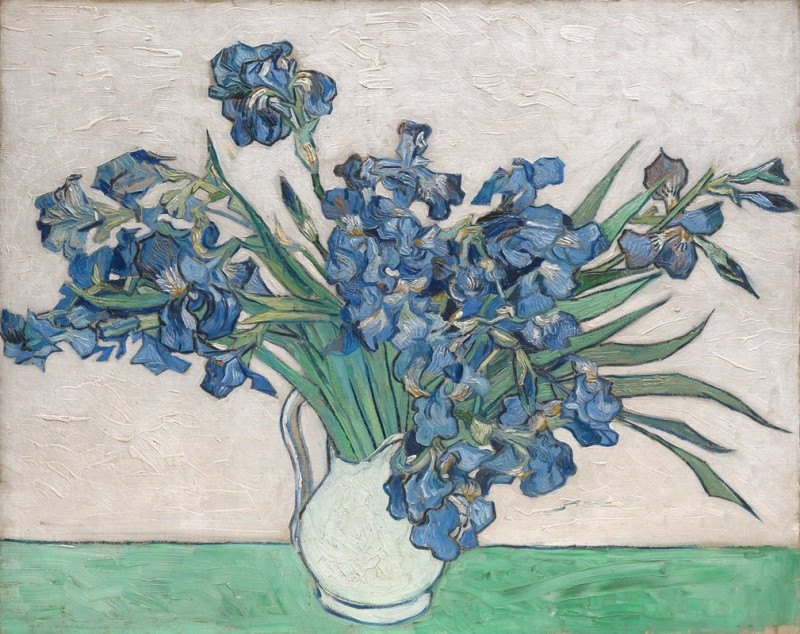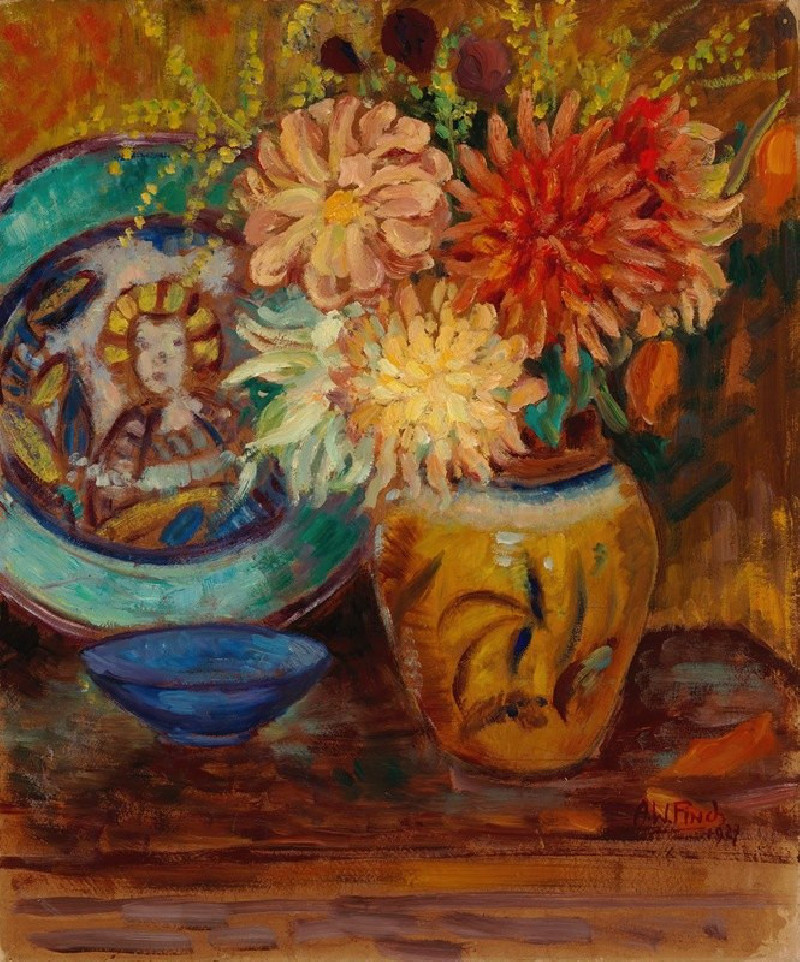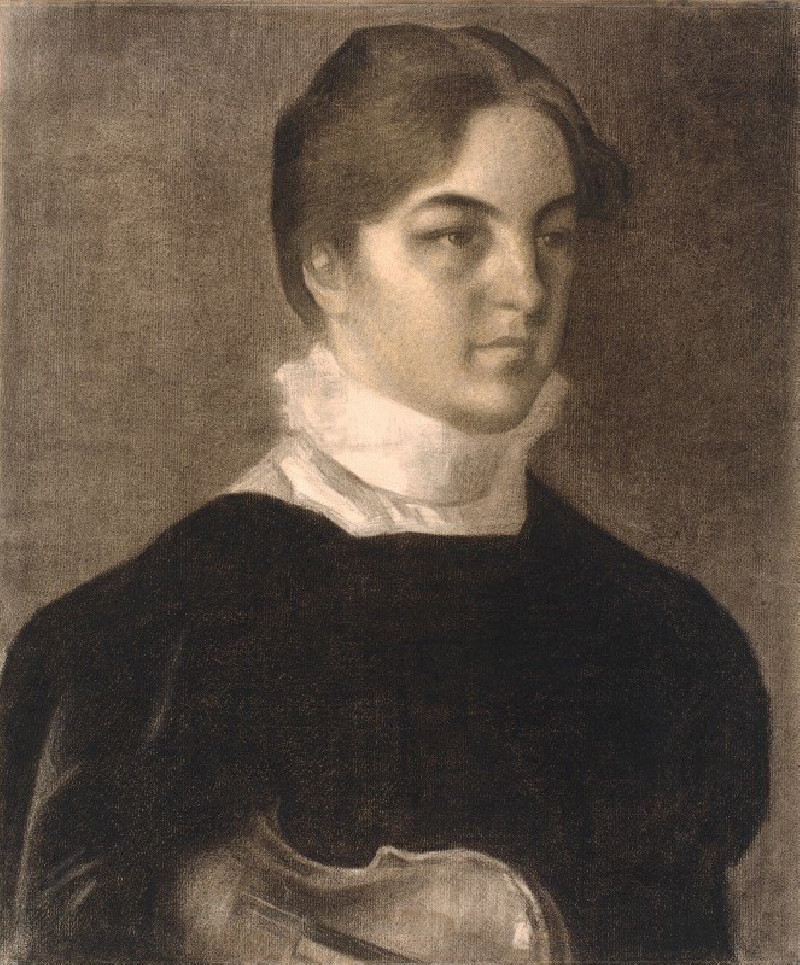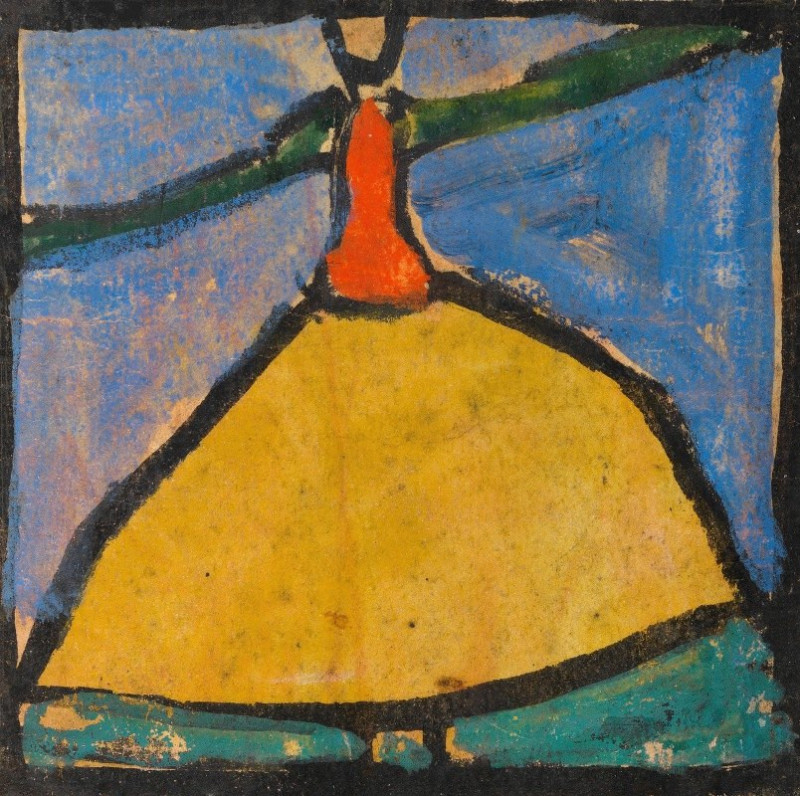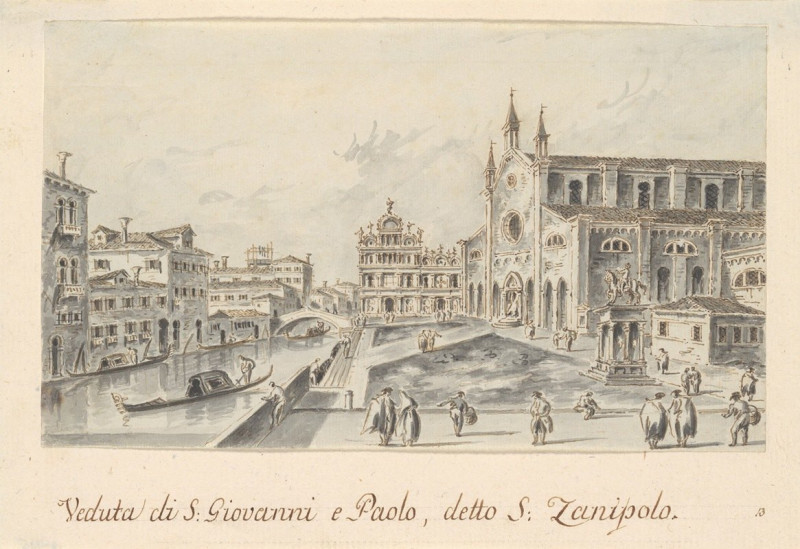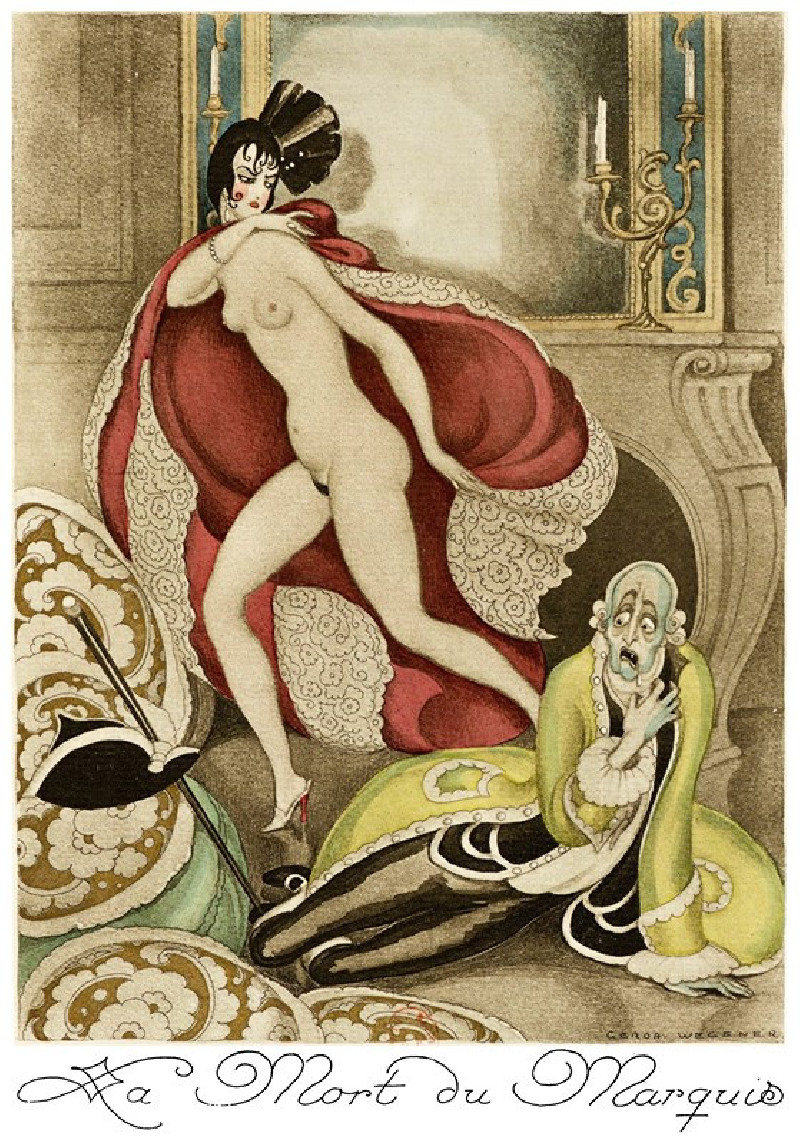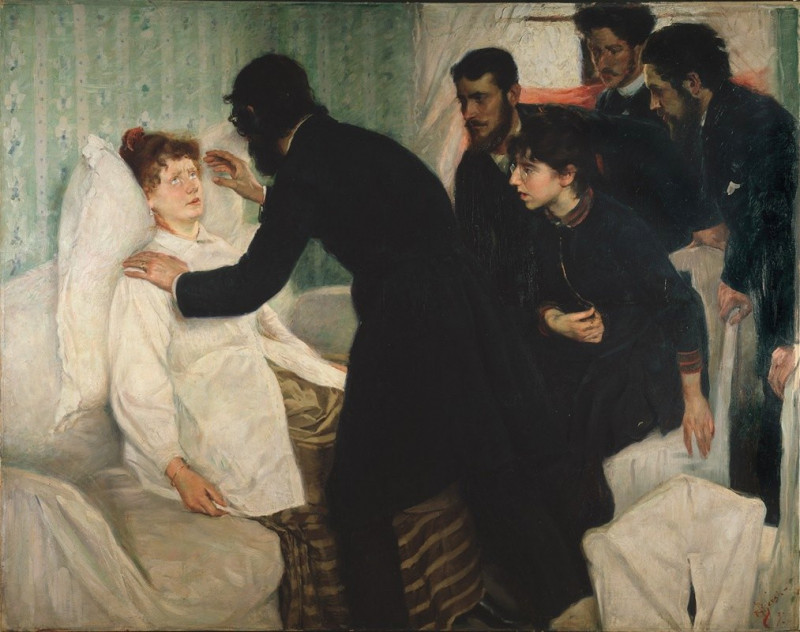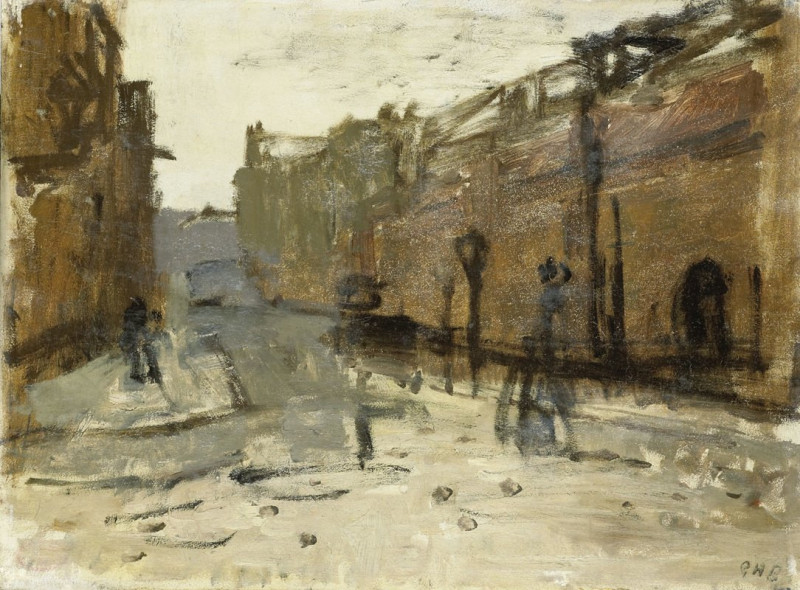West Lodge, East Bergholt (1813-1816)
Technique: Giclée quality print
Recommended by our customers
More about this artwork
** John Constable, known for his profound and picturesque landscapes, portrayed a serene and beautifully understated view of the West Lodge at East Bergholt in this evocative painting from the period of 1813 to 1816. Surrounded by lush trees and gentle greenery, the lodge emerges as a focal point, exuding an air of tranquility and architectural charm. The soft brown and green hues create a mood that is both reflective and inviting, drawing viewers into a moment of peaceful contemplation.Through the blend of subtle shadows and intricate brushwork, Constable effectively captures the essence of this pastoral English setting. Figures are seen in the foreground, adding a human element to the scene and providing a scale that emphasizes the grandeur of the surrounding nature. This depiction not only showcases Constable's mastery in landscape painting but also offers a glimpse into the serene lifestyle and architecture of early 19th-century England.
Delivery
Returns
John Constable RA was an English landscape painter in the Romantic tradition. Born in Suffolk, he is known principally for revolutionising the genre of landscape painting with his pictures of Dedham Vale, the area surrounding his home – now known as "Constable Country" – which he invested with an intensity of affection. "I should paint my own places best", he wrote to his friend John Fisher in 1821, "painting is but another word for feeling".

